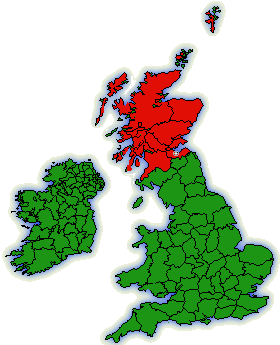
 Scotland
Scotland

WHAT'S NEW!Scottish Elections for the first Scottish Parliament in 300 years!

Scotland is one of four constituent nations which form the
United Kingdom  the other three are England,Wales and Northern Ireland. Scotland forms the northern part of the island of Great Britain.
the other three are England,Wales and Northern Ireland. Scotland forms the northern part of the island of Great Britain.
Scotland is 31,510 sq. miles in area; it is 274 miles long from North to South and varies in breadth between 24 and 154 miles.
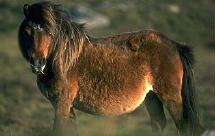 The official language is English, although Gaelic is
spoken, primarily in the North and West of Scotland. For your information, the local date and timeare available in Gaelic.
The official language is English, although Gaelic is
spoken, primarily in the North and West of Scotland. For your information, the local date and timeare available in Gaelic.
The Scots language (which has many similarities to English, but also draws on French and Gaelic) is also spoken. Whereas Gaelic is the language of the Highlands & Islands, Scots is the language of the Lowlands.
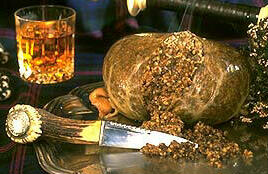 The National food of Scotland is Haggis washed down with whiskey.
The National food of Scotland is Haggis washed down with whiskey.
The National flower of Scotland is the thistle.
The Patron saint of Scotland is St Andrew.
Tartan Kilts are worn by men and women, the tartan denotes which clan or family you belong to.
 Bagpipe music is heard loudly and frequently in Scotland.
Bagpipe music is heard loudly and frequently in Scotland.
The Shetland Pony, Shetland Collie and Highland Cow are just a few of the animals that are uniquely Scottish.
Scotland is divided into three main regions; the Highlands, the Midland Valley
and the Southern Uplands. The cities of Edinburgh, Glasgow and Dundee together
with numerous towns, most of the population and the majority of Scotland's
industry is located within the Midland Valley. This broad valley averages 50
miles across and runs WSW to ENE across the centre of the country. It is
geologically distinct from the surrounding regions, being composed of Devonian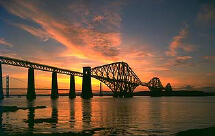 Old Red Sandstone, peppered with ancient volcanoes, as against the older
sedimentary rocks forming the Southern Uplands or the ancient metamorphic
melange, comprising the Highlands to the north.
Old Red Sandstone, peppered with ancient volcanoes, as against the older
sedimentary rocks forming the Southern Uplands or the ancient metamorphic
melange, comprising the Highlands to the north.
Scotland includes 787 islands, of which most belong to groups known as the Hebrides, Orkney and Shetland. Only 62 exceed three square miles in area.
The Rivers Clyde, Forth and Tay open into significant estuaries and support three of the major cities of Scotland (Glasgow, Edinburgh and Dundee respectively).
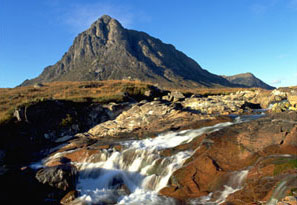
Scotland is well known for its mountainous and beautiful scenery. Much of the upland within the UK is contained within the borders of Scotland, along with the highest peaks. Ben Nevis
Scotland is also noted for its lochs (this name is generally used for lakes in Scotland). Much of the west coast of the country is intersected by Sea Lochs, the longest of which, Loch Fyne, penetrates more than 40 miles inland. Notable fresh-water lochs include Loch Ness (the one with the Monster!).
 Scotland has its own legal system, judiciary and an education system which, at all levels, differs from that found "south of the border" in England and Wales.
Scotland has its own legal system, judiciary and an education system which, at all levels, differs from that found "south of the border" in England and Wales.
Scotland also has its own banking system and its own banknotes. Edinburgh is the second financial centre of the UK and one of the major financial centres of the world.
Charles Edward Stuart (Bonnie Prince Charlie) (1720 - 1788)
The "Young Pretender", grandson of James VII of Scotland (James II of England), who was exiled by William of Orange. The french-backed Jacobite Rebellion of 1745 was intended to restore him to the throne, but ended in disarray and bloody defeat at Culloden (in 1746). He escaped to France with the help of Flora MacDonald and lived comfortably in exile. He died, despondent and a drunk, and is buried in St. Peter's, Rome.
 Return to the Fridge door
Return to the Fridge door